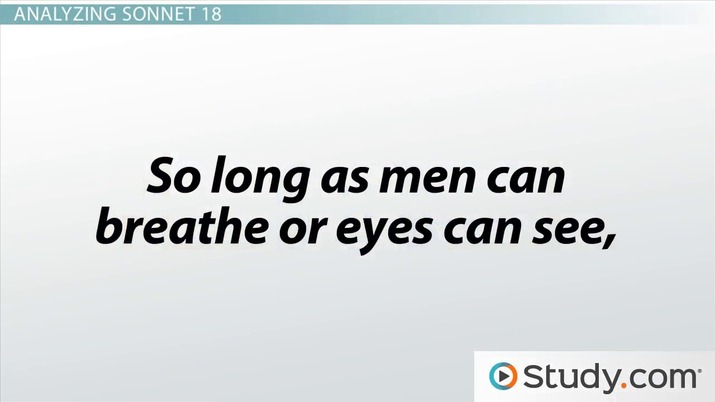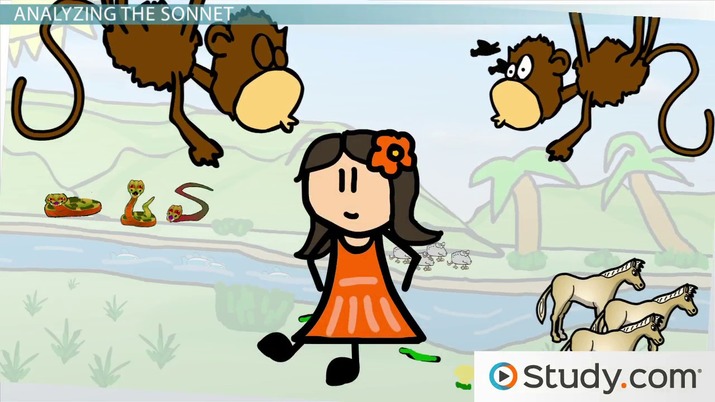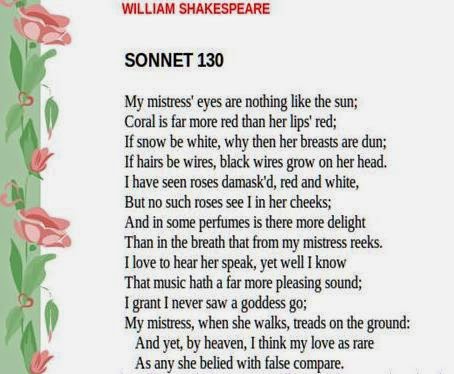Exploring Figurative Language In Sonnet 130
Literary Devices Used In’ Sonnet 130′ By William Shakespeare.
Keywords searched by users: What is the figurative language used in Sonnet 130 what is the metaphor in sonnet 130, what is the personification in sonnet 130, sonnet 130 simile, metaphor and personification, hyperbole in sonnet 130, metaphors in sonnet 130, examples of assonance in sonnet 130, simile in sonnet 130, alliteration in sonnet 130
What Is A Metaphor In Sonnet 130?
In Sonnet 130, the poet playfully subverts conventional Petrarchan metaphors, providing readers with a fresh perspective on the theme of love and beauty. Rather than adhering to the traditional comparisons that idealize a beloved’s features, the speaker adopts a candid and somewhat amused tone as they opt to convey the unadorned truth. For instance, when confronted with the assertion that “your mistress’ eyes are like the sun,” the speaker finds this comparison peculiar, as their own mistress’s eyes do not resemble the sun in the slightest. This approach challenges the romanticized notions of beauty found in traditional sonnets and encourages readers to appreciate love in a more genuine and down-to-earth manner.
What Is The Literal And Figurative Meaning Of Sonnet 130?
Sonnet 130 is a unique piece of poetry that takes an unconventional approach to expressing love. While acknowledging the woman’s undeniable beauty, it places emphasis on portraying her in a more authentic light. Unlike traditional love poems that rely on flowery and exaggerated metaphors to describe a woman’s beauty, this sonnet opts for a more down-to-earth portrayal. It suggests that the poet values a realistic perspective over romanticized ideals, highlighting the importance of genuine affection rather than conforming to conventional standards of beauty. In essence, Sonnet 130 challenges the typical notions of poetic exaggeration, urging readers to appreciate love in its truest and most honest form.
What Are The Figurative Language Used In Sonnets?
The researcher conducted an in-depth analysis of six of William Shakespeare’s sonnets to identify and categorize the various types of figurative language employed in his poetic works. Through this examination, the study uncovered nine distinct types of figurative language in Shakespeare’s sonnets, including Simile, Metaphor, Personification, Symbolism, Synecdoche, Hyperbole, Paradox, Irony, and Understatement. Additionally, the research identified five key figurative language meanings that Shakespeare utilized in his sonnets. This comprehensive exploration sheds light on the rich tapestry of figurative language within Shakespeare’s poetic creations.
Summary 42 What is the figurative language used in Sonnet 130




Categories: Summary 86 What Is The Figurative Language Used In Sonnet 130
See more here: c1.chewathai27.com

There are several literary devices used in Sonnet 130 that help the speaker of the poem express his point clearly. The two most significant literary devices in the poem are metaphor, or a direct comparison between two unlike things, and hyperbole, or exaggeration.Sonnet 130 mocks the typical Petrarchan metaphors by presenting a speaker who seems to take them at face value, and somewhat bemusedly, decides to tell the truth. Your mistress’ eyes are like the sun? That’s strange—my mistress’ eyes aren’t at all like the sun.Sonnet 130 is a kind of inverted love poem. It implies that the woman is very beautiful indeed, but suggests that it is important for this poet to view the woman he loves realistically. False or indeed “poetical” metaphors, conventional exaggerations about a woman’s beauty, will not do in this case.
Learn more about the topic What is the figurative language used in Sonnet 130.
- Sonnet 130 by William Shakespeare | Summary, Tone …
- Shakespeare’s Sonnets Sonnet 130 Summary & Analysis – SparkNotes
- Sonnet 130 – University of Buckingham
- AN ANALYSIS OF FIGURATIVE LANGUAGES USED IN WILLIAM …
- Explain the extract the use of imagery in Sonnet 130 by William …
- Figurative Language in Sonnet 18 | Metaphor, Imagery & Others
See more: c1.chewathai27.com/category/money-policy